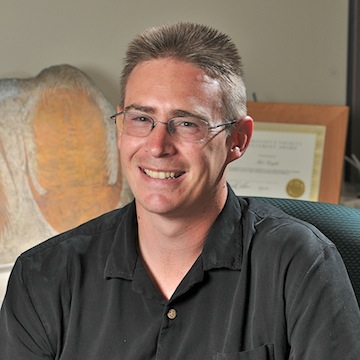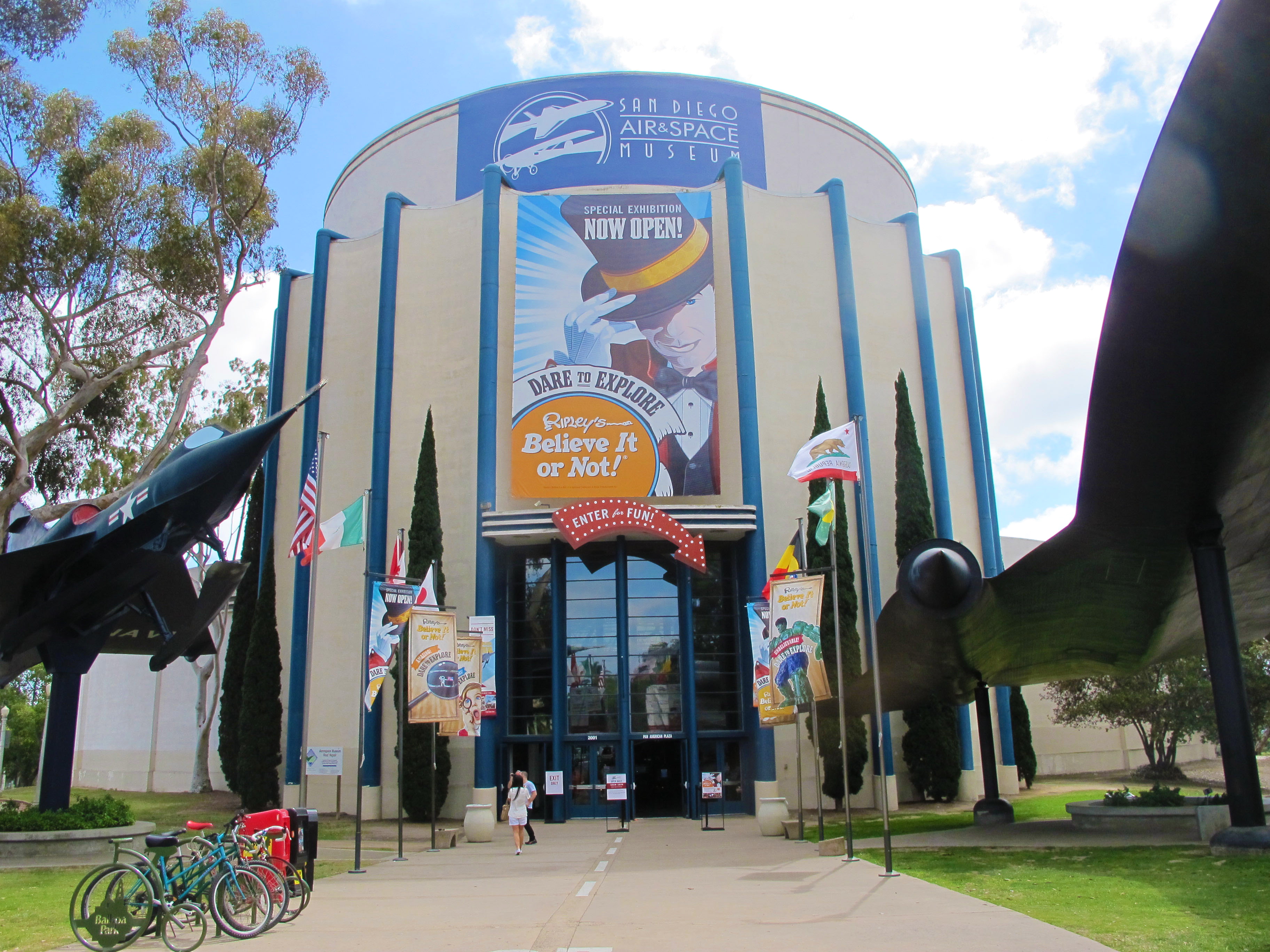Daily Business Report-Oct. 3, 2016
MQ-8C Fire Scouts on the assembly line at Northrop Grumman’s Manufacturing Center in Moss Point, Miss. (Photo by Northrop Grumman)
Northrop Grumman Building 10
More Fire Scout Drones for Navy
Northrop Grumman Corporation is set to build 10 additional MQ-8C Fire Scout unmanned helicopters for the U. S. Navy, giving maritime commanders persistent, real-time intelligence, surveillance and reconnaissance.
The additional build will bring the total number of MQ-8C Fire Scout air vehicles procured to 29, extending the range and endurance of naval operations.
“MQ-8C is meeting all of its performance objectives, and the system is delivering a greater naval warfighting capability,” said Capt. Jeff Dodge, program manager, Fire Scout, Naval Air Systems Command. “We are looking forward to moving the MQ-8C operational testing and deployment as a part of surface warfare mission packages.”
The MQ-8C Fire Scout airframe is based on the reliable commercial Bell 407, a mature helicopter with more than 1,600 airframes produced and over 4.4 million flight hours. Modifications to the MQ-8C’s airframes are carried out at the Bell Helicopter facility in Ozark, Ala., while final assembly is performed in Moss Point, Miss.
“In partnership with the U.S. Navy, we are dedicated to fielding this state-of-the-art, ship-based ISR platform as part of a strategy that provides warfighters ISR,” said Leslie Smith, vice president, tactical autonomous systems, Northrop Grumman Aerospace Systems. “We are pleased to support the Navy with additional MQ-8C Fire Scouts with maritime dominance support through this procurement. Our team will strive to exceed expectations in affordability, quality and on-time delivery.”
MQ-8C Fire Scout has completed operational assessment, a developmental flight test program and is now preparing for Milestone C. MQ-8C Fire Scout has accrued over 730 flight hours and flown 353 sorties.
_________________________

RAF Pacifica Group to Build
Industrial Complex in San Marcos
And Office Development in Carlsbad
RAF Pacifica Group has announced plans to build an industrial complex in San Marcos and an office development in Carlsbad on land parcels that it purchased for $12.8 million.
Carlsbad Development
The company purchased a 4.43-acre site at Palomar Airport Road and Innovative Way in Carlsbad for $4.8 million from Cruzan in order to build a 50,000-square-foot office development called in•sti•gate.
According to Robinson, the state-of-the-art creative office development will feature a new level of architecture for the market, as well as rooftop decks, resort-style facilities, an on-site fitness center, indoor/outdoor meeting areas, onsite high end restaurants, loft style buildings with Clam shell glass walls, open exposed HVAC, outdoor BBQ areas, communal quad atmosphere and loft-style buildings with clam-shell glass walls for a coastal vibe.
“This is the first ground-up creative office development in this decade,” said Adam Robinson, principal of RAF Pacific Group. “While we’ve seen many developers convert outdated facilities into creative office space formats, we are the first to build a completely new creative office campus in Carlsbad that will attract businesses seeking a true work/play lifestyle.
The company plans to break ground on the project in August 2017. Cushman & Wakefield was the broker for the acquisition, representing both parties.

San Marcos
The firm’s planned development in San Marcos will consist of four industrial buildings with spaces ranging from 34,000 to 90,000 square feet on 15.65 acres at the intersection of Bostick Boulevard and Norman Strasse Road.
The idustrial business park — to be named pro•duc•tion —will include ample parking, grade-level and dock-high loading doors, extensive glass for natural lighting, and 28-foot clear-height ceilings.
Robinson said the development will include collaborative gathering areas, tech buildouts, and flexible office space to maximize productivity for a variety of industrial users in San Marcos.
The development is slated to break ground in the first quarter of 2017. RAF Pacifica Group acquired the land parcel for a total consideration of $8 million from a private seller.
_________________________
Appellate Court Upholds
Revocation of Cheetahs Permit
An appellate court last week upheld the city’s revocation of the nude entertainment business permit of Cheetahs Gentlemen’s Club, a Kearny Mesa strip club that had engaged in a pattern of illegal activity over several years.
The ruling by the Fourth District Court of Appeal affirmed Superior Court Judge Randa Trapp’s ruling that Cheetahs employees had engaged in “numerous and continuing violations” of the city’s municipal code, and that they continued despite Cheetahs owner Suzanne Coe and her managers being aware of the violations.
“The testimonial and documentary evidence showed a clear pattern of ongoing, blatant violations of the six-foot, no-touch, and no-fondling rules at Coe’s business,” Presiding Judge Judith McConnell wrote for the unanimous court.
The appellate court also noted that violations persisted even “during overt inspections by police detectives and … in the midst of revocation proceedings.” More than 40 nude entertainers committed the violations, most often in private dance rooms.
The appellate decision has been certified for publication, meaning it will be cited as legal authority statewide.
_________________________

UC San Diego Innovators Earn
Biocom Life Science Catalyst Awards
Biocom, the association representing the California life science community, has announced the winners of its inaugural Life Science Catalyst Awards, presented in conjunction with the San Diego Venture Group. UC San Diego-related innovators are prominent among the awardees:
- Rob Knight, faculty director, Center for Microbiome Innovation, pediatrics, computer science and engineering, UC San Diego.
- Ed Truitt, co-founder and chief executive officer, Lubris BioPharma.
- Ashley Van Zeeland, chief technology officer, Human Longevity.
Earning honorable mention were other UC San Diego-related innovators:
- Prashant Mali, assistant professor of bioengineering, UC San Diego.
- David Puerta, chief operating officer, Forge Therapeutics.
- Dina Uzri, R&D and business development, Abreos Biosciences.
“We’re happy to see young campus, spinoff, and startup entrepreneurs recognized for their problem-solving creativity,” said Paul Roben, associate vice chancellor for innovation at UC San Diego.
The program celebrates up-and-coming academics, entrepreneurs, investors, corporate leaders and business advisers who are making a lasting and positive mark on San Diego’s life science industry before reaching their 40th birthday.
“The recipients of the Life Science Catalyst Awards represent the future of our biotechnology industry — a future that’s extremely exciting,” said Joe Panetta, president and CEO of Biocom. “These inspiring individuals are leading the growth of life sciences in San Diego and beyond, and are actively shaping what our industry will look like tomorrow. Biocom congratulates them for their achievements.”
_________________________
Officials Say San Diego County Has
Healthy Water Supply Despite Drought
By City News Service
The San Diego County Water Authority reiterated Friday that the region has sufficient supply to meet expected demand next year and beyond, but efficient water use by customers remains essential.
The agency, which distributes water to 24 cities and water districts in the county, previously stated in filings with state water authorities that there would be enough supply for the next three years, even if they were dry. The status was confirmed at a media briefing, one day before the traditional start of the water year.
The Water Authority credited the opening of a desalination plant in Carlsbad and contracts to receive Colorado River water.
“The San Diego region has a track record of smart investments in supply reliability and water-use efficiency that have proven their worth during five years of drought,” said Mark Muir, whose term as Water Authority Board chairman begins Saturday.
The Water Authority also announced that regional water savings stayed strong during the summer.
From June through August, urban water use in San Diego County was 18 percent below the same period in 2013 — even though state-mandated emergency water-use reductions were lifted in June and average daily maximum temperatures were 2 degrees above normal. In addition, conditions were cooler at Lindbergh Field during the June-August 2013 period, when average daily maximum temperatures were 0.4 degrees below average.
“The commitment our region’s residents and businesses continue to show for saving water is remarkable,” Muir said.
Amanda Sheffield, a postdoctoral fellow at the Scripps Institution of Oceanography, told reporters that the expected La Nina conditions in the Pacific Ocean — which often bring cooler and drier conditions to Southern California — are weakening. That makes it difficult to forecast the snowpack and runoff levels in major watersheds like as the Sierra Nevada and Rocky Mountains, she said.
While La Nina conditions remain in question, the National Oceanic and Atmospheric Administration has predicted warmer than average temperatures across the West through December, according to the Water Authority. Warmer temperatures typically put upward pressure on water use.
_________________________
Mayor Announces Support
For Downtown Chargers Stadium
Times of San Diego
San Diego Mayor Kevin Faulconer joined much of the Downtown business community by announcing his support for a new football stadium and convention center annex in the East Village.
Faulconer told The San Diego Union-Tribune he has come to support the initiative known as Measure C on the Nov. 8 ballot after San Diego Chargers executives agreed to cover any cost overrides related to the construction or land purchases, guaranteed that the city’s general fund would not be used and, among other concessions, turn over to the city revenue generated from non-NFL events.
“This was not my plan, but I saw an opportunity to make it better,” said Faulconer, who had campaigned to renovate Qulacomm Stadium in Mission Valley. “This is about working toward common goals that will get solutions for the public good.”
Faulconer joins the San Diego Regional Chamber of Commerce and the Downtown San Diego Partnership in supporting the Charger’s plan. (City News Service contributed to this article)
_________________________
USA Today Owner Gannett Close to
Buying San Diego Union-Tribune
By City News Service
The nation’s largest newspaper chain is poised to purchase the company that owns the San Diego Union-Tribune in a deal that could be announced
today, according to the website Politico.
Gannett, publisher of USA Today, will reportedly offer $18.50 to $19 per share for stock in Tronc, the publisher of the Los Angeles Times, The Chicago Tribune and The Baltimore Sun, Politico reported.
Tronc stands for Tribune online content, the name adopted by Tribune Publishing in June.
Tribune Chairman Michael Ferro rebuffed a $400 million takeover bid by Gannett made in August — about $18 per share — according to the website, which also said Ferro’s partners in the Merrick Media investment firm have lobbied him to sell to Gannett.
Gannett reportedly believes the deal would pay off by enabling many of its operations to share costs.
One hurdle to the sale could be a lawsuit by the second-largest shareholder in Tronc, Patrick Soon-Shiong, who wants the Times to be locally owned, Politico said.




